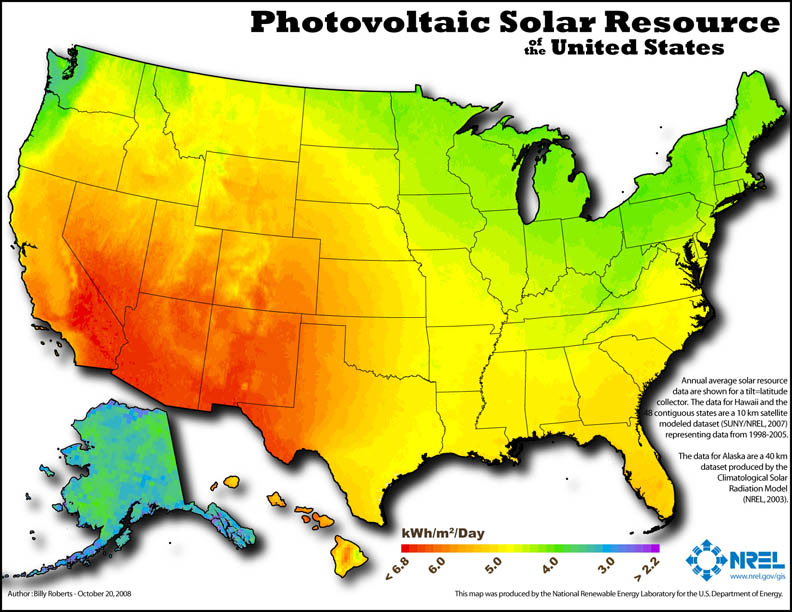forum
library
tutorial
contact

Nez Perce Tribe Eyes
Renewable Energy Utility Cooperative
by Eric Barker
Lewiston Tribune, May 21, 2022
|
the film forum library tutorial contact |

|
Nez Perce Tribe Eyes
by Eric Barker
|
Long-term goal of tribe-to-tribe network is to replace
power produced by four lower Snake River dams
 The Nez Perce Tribe announced its intention Friday of building a tribe-to-tribe solar and renewable energy utility cooperative with the long-term goal of generating enough electricity to replace power produced by the four lower Snake River dams.
The Nez Perce Tribe announced its intention Friday of building a tribe-to-tribe solar and renewable energy utility cooperative with the long-term goal of generating enough electricity to replace power produced by the four lower Snake River dams.
Nimiipuu Energy has already installed three large solar operations with more than 770 panels and Tesla batteries known as megapacks and powerpacks at the tribe's Lapwai headquarters. Four additional projects are in the works.
Vice chairman Shannon Wheeler and Nez Perce Tribe Executive Director Jesse Leighton unveiled the plans for the cooperative at a Salmon and Orca summit in Spokane, which was also streamed online. Wheeler spoke at the summit and Leighton made remarks in a recorded video.
They hope to recruit other tribes to follow their lead and install solar arrays plus battery storage with the goal of each tribe becoming energy independent and creating jobs on rural reservations. But they also want to connect far-flung tribal solar and other renewable energy projects via a virtual power plant. The connected network of energy production and storage systems would be managed with software to send electricity where and when it's needed.
The company Tesla, which is owned by billionaire Elon Musk, is building a virtual power plant in Australia that will connect an estimated 50,000 rooftop solar panels and batteries at private homes. It will have a capacity of 250 megawatts.
"Our plan is to install a variety of energy projects that will total 500+ megawatts by 2027," Leighton said in a news release. "In addition we are a utility cooperative dedicated to implementing 5+ gigawatts of alternatively produced power throughout Indian Country."
The tribe's solar initiative -- called the 5311 Project -- gets its name from a Bonneville Power Administration fact sheet published in 2016 that said it would take 5,311 megawatts of solar power to replace the output of the four lower Snake River dams.
The tribe has long been an advocate of breaching the four dams that impede the passage of both juvenile and adult salmon during their migrations to and from the ocean. Many fisheries scientists believe the dams must be breached to both save and recover threatened and endangered runs of wild Snake River salmon and steelhead.
Hydroelectric units at the dams produce about 1,000 average megawatts annually, enough energy to power about 800,000 homes. They have a nameplate capacity of about 3,000 megawatts, meaning they can produce that much power for short periods of time. The BPA fact sheet indicates more than 5,000 megawatts of solar energy capacity would be needed to match the capacity output of the dams in December, a time when solar generation is limited because of shortened day lengths and frequently cloudy conditions.
Wheeler acknowledged producing more than 5,000 megawatts is an ambitious goal.
"You start with the first step and the main thing is we've started with our first step.
Leighton plans to pitch the cooperative at the Reservation Economic Summit in Las Vegas next week, but Wheeler said they have already reached out to some tribes in the Pacific Northwest.
Nimiipuu Energy would be poised to assist other tribes with things like site assessment, engineering, financing, workforce training and managing their power systems.
"We know that we don't speak for ourselves here. We speak for the salmon. But we also speak to the future generations of our people," said Wheeler. "When I say 'our people,' that's all of us. Everyone in the room here, and that's what it's about is making a better, stronger future for them."
learn more on topics covered in the film
see the video
read the script
learn the songs
discussion forum
